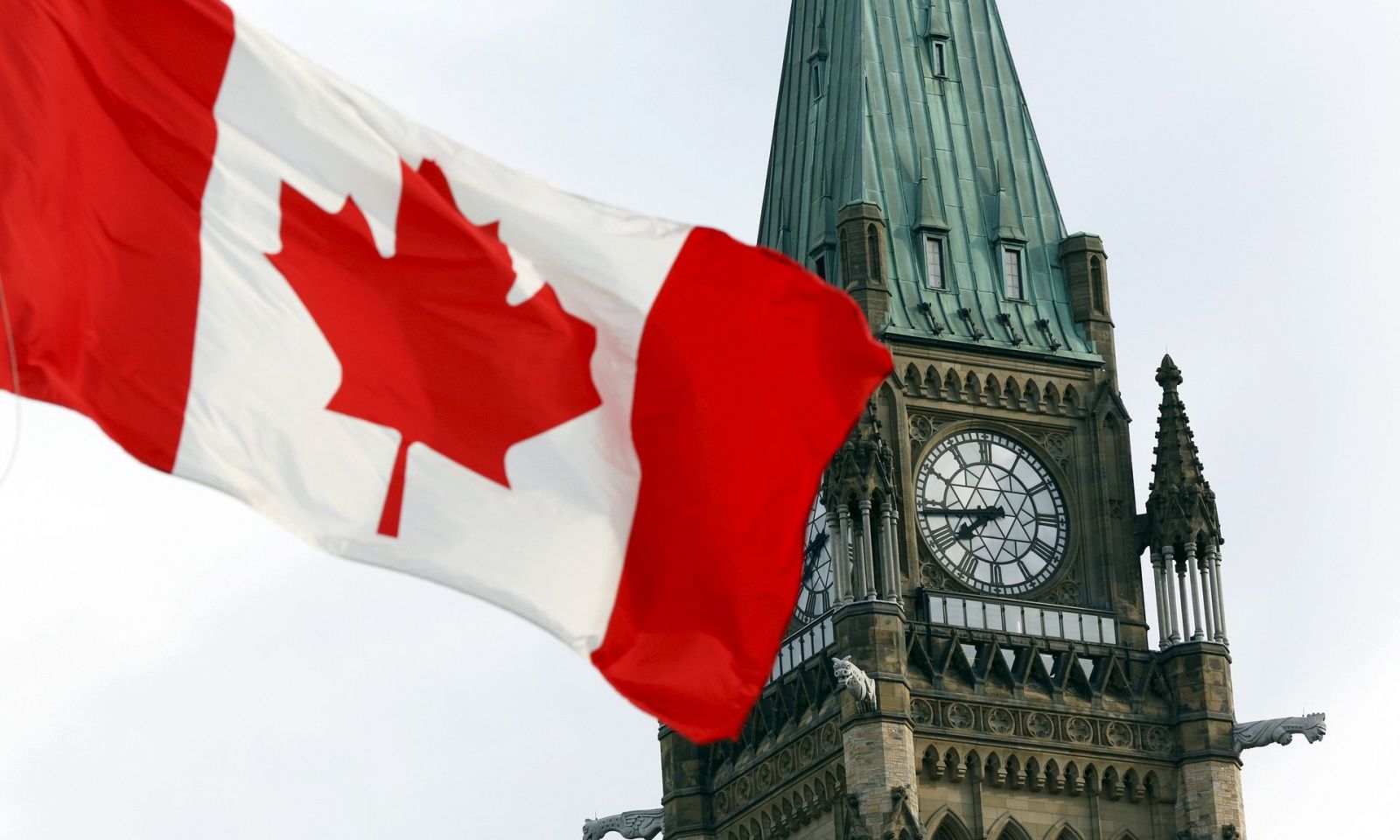The material culture in the early medieval West Slavic settlement area gained from 6/7 to 12/13. Century constant in diversity and complexity. This went hand in hand with an increase and professionalization of non-agricultural production as well as a consolidation of the supraregional communication network and was connected with the development of social and political conditions. These processes can be recognized in ceramics, but also in jewelry, equipment, weapons and many other things, namely their technical quality and craftsmanship. In addition, excavations in settlements, castles and early urban centers provide many indications of craft activity and workshops: These include, for example, the relics of bone and antler carving, the production of glass beads, working with non-ferrous metal, smelting and forging, pottery and the Wood tar production. The artisanal production, the trade in particularly high-quality objects and also the increased use of upscale goods were often linked to economic centers and areas of highly developed political and sovereign organization.
The necessary raw materials could partly be obtained locally or at least regionally, which was true for clay, antlers, beeswax, wood or even lawn iron ore. Other materials were only available in certain parts of the West Slavic region, for example stone deposits suitable for high-quality grinding and whetstones, and still other raw and basic materials were imported from far away, such as silver and non-ferrous metals. This and the need to sell the finished products result in the close interweaving of the handicrafts with long-distance trade and its integration into a supraregional communication network, in which technical innovations or stylistic and handcrafted impulses were conveyed. In this respect, the topic also contributes to the understanding of changing economic connections between large cultural areas. Extraction and processing of raw materials could also have an impact on the environment and the settlement landscape.
For the main topic, archaeological, historical, naming and scientific research, as well as cultural anthropological and technological history research on the topics of technology, handicraft and raw material extraction are of interest: considerations on individual economic sectors or material groups, on temporal and spatial developments of non-agricultural production, on the interaction of social and economic changes, for the reuse or recycling of objects, for craft techniques and raw material extraction methods as well as for the transfer of technical innovations and stylistic elements. The focus is also on archaeological findings and finds related to handicrafts, raw material extraction or trade, workshops and other production relics. In terms of time, the focus is on the early and high Middle Ages (6th / 7th – 12th / 13th centuries), spatially on the West Slavic region (East Germany, Poland, the Czech Republic, Slovakia and neighboring areas).
As at the previous meetings, there should be space again in Jena for current contributions from research on early Slavic history that are not closely related to the main topic. Contributions to this part of the Slavic Archeology Section are also very welcome. Due to the location of this year’s conference, this also applies in particular to lectures on the Slavs in Thuringia and its neighboring areas.
Please register your lecture (20-25 minutes in length, in German or English) stating the title and a short summary (maximum 250 words) by May 15, 2021 at the email address [email protected] at. A subsequent publication of the contributions in a conference proceedings is planned for the year 2022.
In order to participate in the conference, a registration with the MOVA (Central and East German Association for Antiquity Research) is necessary; The conference fee and other costs are to be paid by the participants themselves. Please find out more directly there: www.mova-online.de. Here you will also find information on any changes as a result of possible measures to limit the corona pandemic.
–

